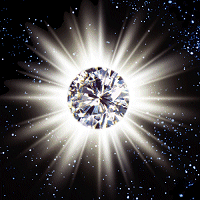An Intro To O-Chem

Scientists love to name things, classify them, so that there can be a greater order of knowledge. There are many examples of this. One such is in the field of chemistry. Each different type of atom has a different name to it. If there is one proton and one electron it is hydrodgen. If it has two protons, two electrons and two neutrons, it is helium. This goes on and on for each element. When you put several atom together you get a molecule. These are also named. Water has two hydrogen atoms and one oxygen atom. It is called dihydrogen monoxide. Di- meaning two, mono- meaning one and an -ide is placed at the end to classify it as a compound. Organic chemistry is the same way. One carbon with four hydrogens around it is methane. Two carbons with hydrogens surrounding it is ethane. Three carbons - propane, and four carbons - butane, etc. If you have a double bond in the chain, the ending of -ane goes to -ene. If there is a triple bond, the ending goes to -yne. Chains of carbons that come of the longest chain are also names. This is all done to keep science in an order of understanding.




